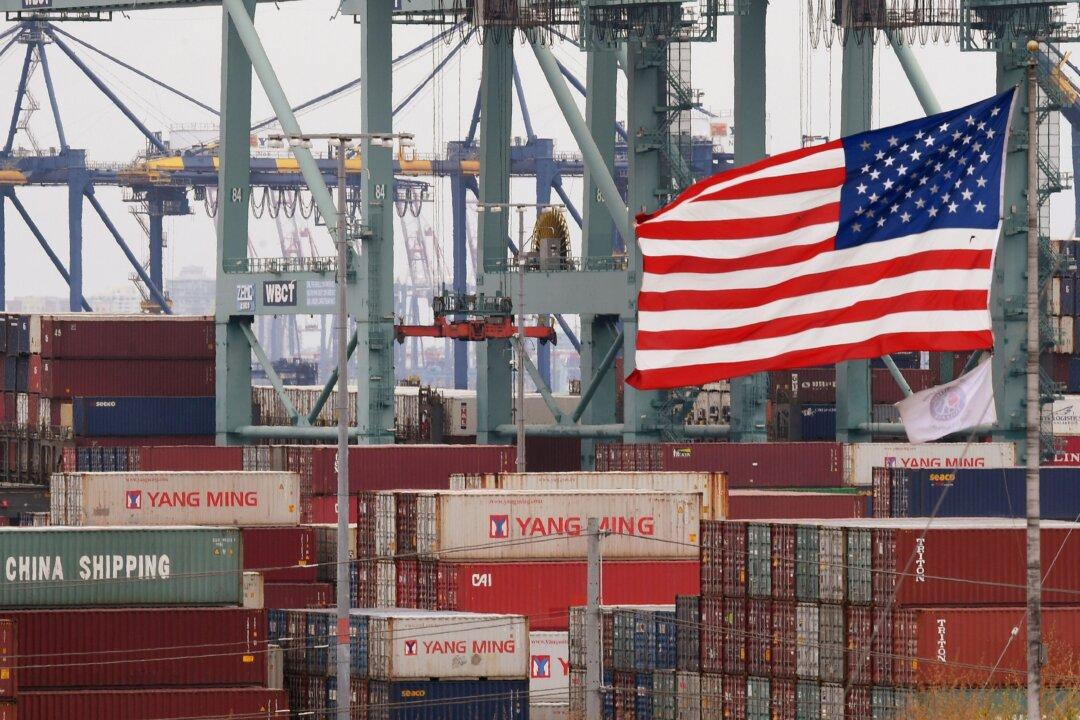The United States has collected some $16 billion in tariffs imposed on Chinese imports by President Donald Trump.
The number is based on duties assessed by the Customs and Border Protection (CBP) by May 1, the agency’s spokesperson said via email.


The United States has collected some $16 billion in tariffs imposed on Chinese imports by President Donald Trump.
The number is based on duties assessed by the Customs and Border Protection (CBP) by May 1, the agency’s spokesperson said via email.